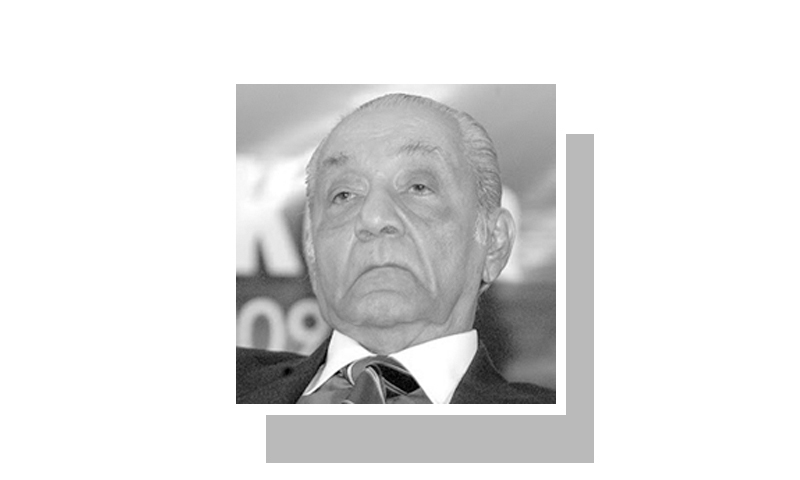It is important to correctly judge the nuances of the agreement reached between the United States and India during US Defence Secretary Ashton Carter’s visit to New Delhi on April 10-12. It was his second visit in less than a year. India’s defence minister and he “agreed in principle to conclude a Logistics Exchange Memorandum of Agreement [Lemoa] in the coming months”.
It will be different from the standard Logistics Support Agreement which the US signs with its strategic partners. It has been pressing India to sign it for a decade. We shall know parliament’s reaction when it meets on Monday. Defence Minister Manohar Parrikar will be obliged to make a full statement and reply to questions.
The Lemoa is one of three ‘foundation agreements’ the US proposes to conclude with India. The other two are the Communications and Information Security Memorandum of Agreement (Cismoa) and the Basic Exchange and Cooperation Agreement (Beca) for geospatial intelligence. In the past, India extended logistics assistance to the US on a case-by-case basis; most notably in providing refuelling facilities to American aircraft during the Gulf War in 1991.
The recent US-India deal is a slippery slope.
Under Cismoa, India would get encrypted communications equipment and systems allowing military commanders to communicate with aircraft and ships through a secure network, while Beca would provide it with topographical and aeronautical data and products, which will aid navigation and targeting. Under Lemoa, the two sides can access supplies, spare parts and services from each other’s land facilities, air bases, and ports, which can then be reimbursed.
However, India needs no facilities on US bases in the Asia-Pacific region. The only ones it can reach are in Diego Garcia in the Indian Ocean and Djibouti in the Horn of Africa. The Manmohan Singh government, even the BJP government had refused to conclude Lemoa with its pretence of reciprocity.
In 2003, the US asked India to send its troops to participate in the war on Iraq. Leading Indian hawks, including a former high commissioner, fervently supported the idea for it would signify projection of India’s power beyond its shores. But Prime Minister Atal Behari Vajpayee kept his head and overruled a virtually unanimous cabinet.
Now the former defence minister A.K. Antony has voiced the opposition. “They can refuel their ships and aircraft etc. and, if necessary, keep their military equipment on Indian soil.”
India rarely operates beyond its shores. “This agreement practically gives very little advantage to it, but gives an enormous opportunity to the US military.” This is especially true at a time when the US has announced that in the next three years, 60pc of its Marines will be placed in Asia-Pacific region.
“It means gradually India will become one of their major facilitators. It is a dangerous game. It will become part of military conflicts. It will affect our strategic autonomy. In the eyes of the world, India will become part of the US military bloc,” a correspondent reported.
In January, President Barack Obama and Prime Minister Narendra Modi signed the Joint Strategic Vision Statement, while Ashton Carter and Manohar Parrikar signed the Framework for US–India Defence Relationship in 2015. The US is prompted by a larger strategic purpose rather than immediate tactical advantages.
Immediately before arriving in India, Ashton Carter spoke to the Council on Foreign Relations in New York on April 8.
Recalling President Obama’s policy of a rebalance to the Asia-Pacific, he said: “Militarily, the Department of Defence is operationalising the next phase of the rebalance, and cementing it for the long term. We are enhancing America’s force posture throughout this vitally important region to continue playing a pivotal role from the sea, in the air, and under the water, as well as to make our posture more geographically distributed, operationally resilient, and politically sustainable.” The proposed ‘foundation agreements’ are part of this strategy.
Speaking last month in Delhi, the Indian capital, Admiral Harry Harris, who heads America’s Pacific Command (responsible, he said, for American military operations “from Hollywood to Bollywood”), described expanded military cooperation with India as “arguably the defining partnership for America in the 21st century” as reported by The Economist’s New Delhi correspondent reported some days ago.
His comments on the trends he sees are ominous. “There will be no flashy wedding between the two in the near future. But what is emerging is a quiet, cautious meeting of mutual interests. American officials call it a strategic handshake; Indian ones, a strategic partnership. Neither would utter the world ‘alliance’, but if the relationship continues to thicken, that is what conceivably might take shape somewhere down the road.”
India is not prepared for a military alliance; but it has begun to tread on a slippery path, eyeing China’s relation closely.
The writer is an author and a lawyer based in Mumbai.
Published in Dawn, April 23rd, 2016




















































